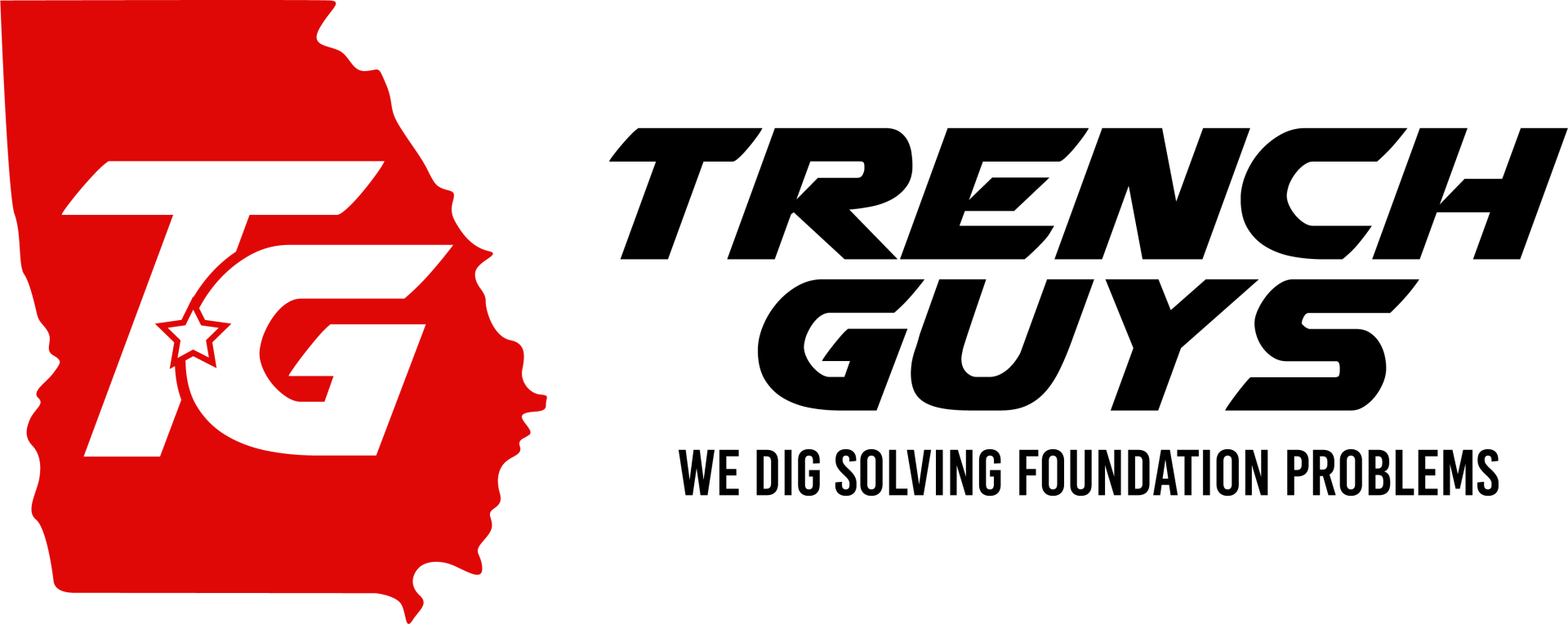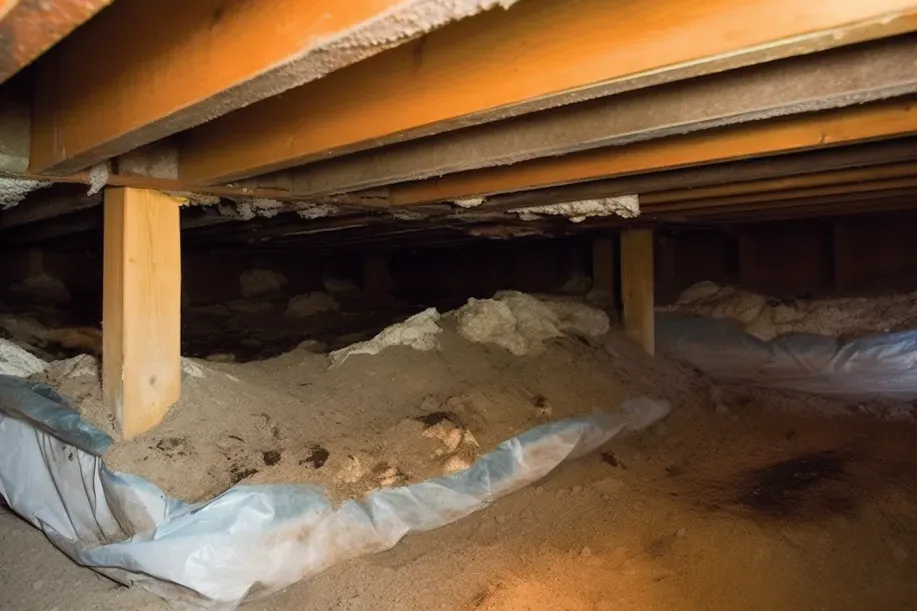Welcome to our insightful exploration of crawl space maintenance, a frequently overlooked yet vital aspect of home care. This blog aims to shed light on the significance of maintaining your home's crawl space, not just as a routine task, but as a crucial element in preserving the overall health and integrity of your living space.
The Importance of Crawl Space Maintenance:
Often hidden and easily forgotten, the crawl space is a foundational component of your home that plays a significant role in its overall condition. Regular maintenance of this area is essential for preventing a myriad of issues that can compromise the structural soundness and air quality of your home. From moisture control to pest prevention, the health of your crawl space directly impacts the well-being of your entire home.
Impact of Crawl Space Issues on Home Health:
Neglecting crawl space maintenance can lead to serious consequences. Issues such as moisture buildup, mold growth, and pest infestations originating in the crawl space can spread, affecting the structural integrity of your home and the health of its inhabitants. This section of the blog will delve into how these issues arise and the far-reaching effects they can have, emphasizing the importance of regular inspections and maintenance.
Join us as we navigate the often-underestimated world of crawl space care, highlighting its critical role in maintaining a safe, healthy, and durable home.
The Role of Your Crawl Space in Home Health
The crawl space, often an overlooked part of home construction, plays a pivotal role in maintaining the health and integrity of your home. This section of the blog aims to enhance your understanding of crawl spaces and elucidate why their health is crucial for your home.
Understanding Crawl Spaces
Basic Introduction to Crawl Spaces: A crawl space is a narrow, unfinished area located beneath most homes, primarily used to house the plumbing and electrical wiring. It is an alternative to basements and is common in areas where the ground freezes.
Function in Home Construction: The primary function of a crawl space is to promote air circulation through the home and provide easy access for home maintenance. It also elevates the house off the ground, which is particularly beneficial in damp or flood-prone areas, preventing water damage and protecting the home from pests.
Why Crawl Space Health Matters
Impact on Air Quality: The condition of your crawl space directly affects the air quality inside your home. Poor crawl space health can lead to the accumulation of moisture, fostering mold and mildew growth. Since about 40% of the air in your home comes from the crawl space, these issues can significantly impact indoor air quality.
Structural Integrity: The health of your crawl space is also integral to the structural integrity of your home. Persistent moisture can lead to wood rot and weaken the foundation, posing serious risks to the building's stability.
Energy Efficiency: An improperly maintained crawl space can lead to increased energy costs. Issues like poor insulation or air leaks in the crawl space can result in higher heating and cooling expenses, as the home's HVAC system works harder to maintain a comfortable temperature.
Maintaining the health of your crawl space is not just a matter of structural care; it's about ensuring a healthy, efficient, and comfortable living environment. This blog section will guide you through the essentials of crawl space maintenance, helping you to keep this critical area of your home in top condition.
Visible Signs of Crawl Space Problems
Recognizing the signs of crawl space issues is crucial for timely intervention and maintaining the health of your home. This section of the blog will guide you through the key indicators of crawl space problems, helping you identify potential issues before they escalate.
Moisture and Water Accumulation
Signs of Water Pooling, Dampness, or Flooding in the Crawl Space: Moisture problems in the crawl space can manifest in several ways:
- Water Pooling: Visible standing water, especially after heavy rains, is a clear sign of drainage issues.
- Dampness: Wet or damp insulation and walls indicate excessive moisture.
- Rust on Metal Components: Rust on pipes or metal fixtures is often a result of prolonged exposure to moisture.
- Efflorescence: White, powdery residue on concrete surfaces is a sign of water evaporation from the soil beneath.
Mold and Mildew Presence
Indicators of Mold or Mildew Growth: Mold and mildew in the crawl space can significantly affect your home’s air quality:
- Visual Signs: Look for black, green, or white specks on walls, floors, or ceilings.
- Musty Odors: A persistent musty smell is a strong indicator of mold or mildew presence.
- Allergic Reactions: Increased allergies or respiratory issues among household members can be a sign of mold spores in the air.
Pest Infestation Evidence
Signs of Rodents or Insects That Often Indicate Crawl Space Issues: Pests are attracted to damp and neglected spaces:
- Droppings and Nests: Rodent droppings or insect nests are clear signs of infestation.
- Gnaw Marks: Look for marks on insulation, wires, or wood.
- Noises: Scratching or scurrying sounds can indicate the presence of pests.
- Entry Points: Small holes or cracks can be entry points for pests.
Recognizing these signs is the first step in addressing crawl space issues. Regular inspections and timely interventions can prevent these problems from affecting the overall health of your home.
Structural and Material Damage Indicators
Detecting early signs of structural and material damage in your crawl space is crucial for maintaining the safety and integrity of your home. This section will guide you through identifying key indicators of damage, helping you take timely action to prevent further deterioration.
Wood Rot and Material Deterioration
How to Identify Rotting Wood or Deteriorating Materials in the Crawl Space: Wood rot and material deterioration are serious issues that can compromise the structural stability of your home:
- Visual Inspection: Look for wood that appears darker than surrounding areas or has a spongy texture.
- Musty Smell: A musty, damp odor can indicate rotting wood.
- Crumbling Wood: Wood that easily crumbles or breaks apart upon probing is a clear sign of rot.
- Fungal Growth: The presence of fungal growth or mushrooms on wood surfaces is indicative of rot.
Insulation Damage
Signs That Crawl Space Insulation is Compromised or Failing: Proper insulation in your crawl space is vital for energy efficiency and moisture control:
- Sagging or Hanging Insulation: Insulation that is sagging or hanging down often indicates moisture problems.
- Wet or Damp Insulation: If insulation feels wet or damp to the touch, it's a sign of excessive moisture.
- Mold on Insulation: Visible mold growth on insulation materials is a serious concern.
- Increased Energy Bills: Unusually high heating or cooling bills can be a sign of compromised insulation effectiveness.
Identifying these indicators of wood rot, material deterioration, and insulation damage is essential for the timely repair and maintenance of your crawl space. Regular inspections and addressing issues early can save significant repair costs and maintain the overall health of your home.
Indirect Signs of Crawl Space Issues
Crawl space problems can often manifest in less obvious ways, affecting various aspects of your home environment. This section highlights indirect signs that may indicate underlying issues in your crawl space, helping homeowners stay alert to potential problems.
Indoor Air Quality Concerns
Symptoms Like Increased Allergies or Respiratory Issues That May Be Linked to Crawl Space Problems: The state of your crawl space can significantly impact indoor air quality:
- Allergic Reactions and Respiratory Problems: An increase in allergies, asthma flare-ups, or respiratory issues among household members can be a sign of poor air quality, potentially caused by mold or mildew growth in the crawl space.
- Musty Odors: A persistent musty smell in your home, particularly in lower levels, can indicate mold or mildew presence in the crawl space.
- Humidity Issues: High indoor humidity levels without an apparent cause might be originating from moisture issues in the crawl space.
Unusual Heating and Cooling Patterns
Inconsistent Temperatures or Increased Energy Bills as Indicators of Crawl Space Issues: The condition of your crawl space can affect your home's thermal efficiency:
- Inconsistent Room Temperatures: If certain rooms, especially those above the crawl space, are consistently colder or hotter than others, it could be due to insulation issues or air leaks in the crawl space.
- Increased Heating and Cooling Costs: Unexplained spikes in your energy bills might be a result of compromised insulation or air leaks in the crawl space, forcing your HVAC system to work harder to maintain comfortable temperatures.
- Cold Floors: Persistent cold floors above the crawl space during winter can be a sign of inadequate insulation or air leaks.
Recognizing these indirect signs is crucial for identifying and addressing crawl space issues before they escalate into more significant problems. Regular inspections and timely interventions can help maintain a healthy, comfortable, and energy-efficient home environment.
Causes of Crawl Space Problems
Understanding the root causes of crawl space issues is essential for effective prevention and maintenance. This section of the blog explores the various factors that can contribute to crawl space problems, providing homeowners with the knowledge to protect their homes.
Environmental and External Factors
How External Conditions Like Weather and Landscaping Can Contribute to Crawl Space Issues: The environment surrounding your home plays a significant role in the health of your crawl space:
- Weather Conditions: Heavy rainfall, flooding, or high humidity can lead to moisture accumulation in the crawl space. In contrast, extreme dry conditions can cause the soil to contract, potentially affecting the foundation.
- Landscaping and Drainage: Improper landscaping or inadequate drainage around the home can direct water towards the foundation, increasing the risk of moisture problems in the crawl space.
- Soil Type and Topography: Certain soil types that retain water and homes built on slopes or low-lying areas are more susceptible to crawl space moisture issues.
Aging and Wear
The Impact of Time and Lack of Maintenance on Crawl Space Health: Like any part of a home, crawl spaces are subject to wear and aging:
- Deterioration of Materials: Over time, materials used in crawl space construction, such as vapor barriers, insulation, and wooden supports, can deteriorate, leading to reduced effectiveness and structural issues.
- Settling Foundation: As a home ages, the foundation may settle, potentially leading to cracks and gaps that allow moisture and pests into the crawl space.
- Neglected Maintenance: Regular inspection and maintenance are crucial for crawl space health. Neglect can lead to unnoticed issues like leaks, pest infestations, or mold growth, which worsen over time.
Understanding these causes of crawl space problems is key to implementing effective preventative measures. Regular inspections, maintenance, and adaptations to environmental changes can help ensure the longevity and health of your home's crawl space.
FAQs
Contact Trench Guys Today!
Trench Guys will do everything we can to ensure your experience with us is excellent.
Request A FREE Estimate
Request a Free Estimate Form
Checkout Recent Post
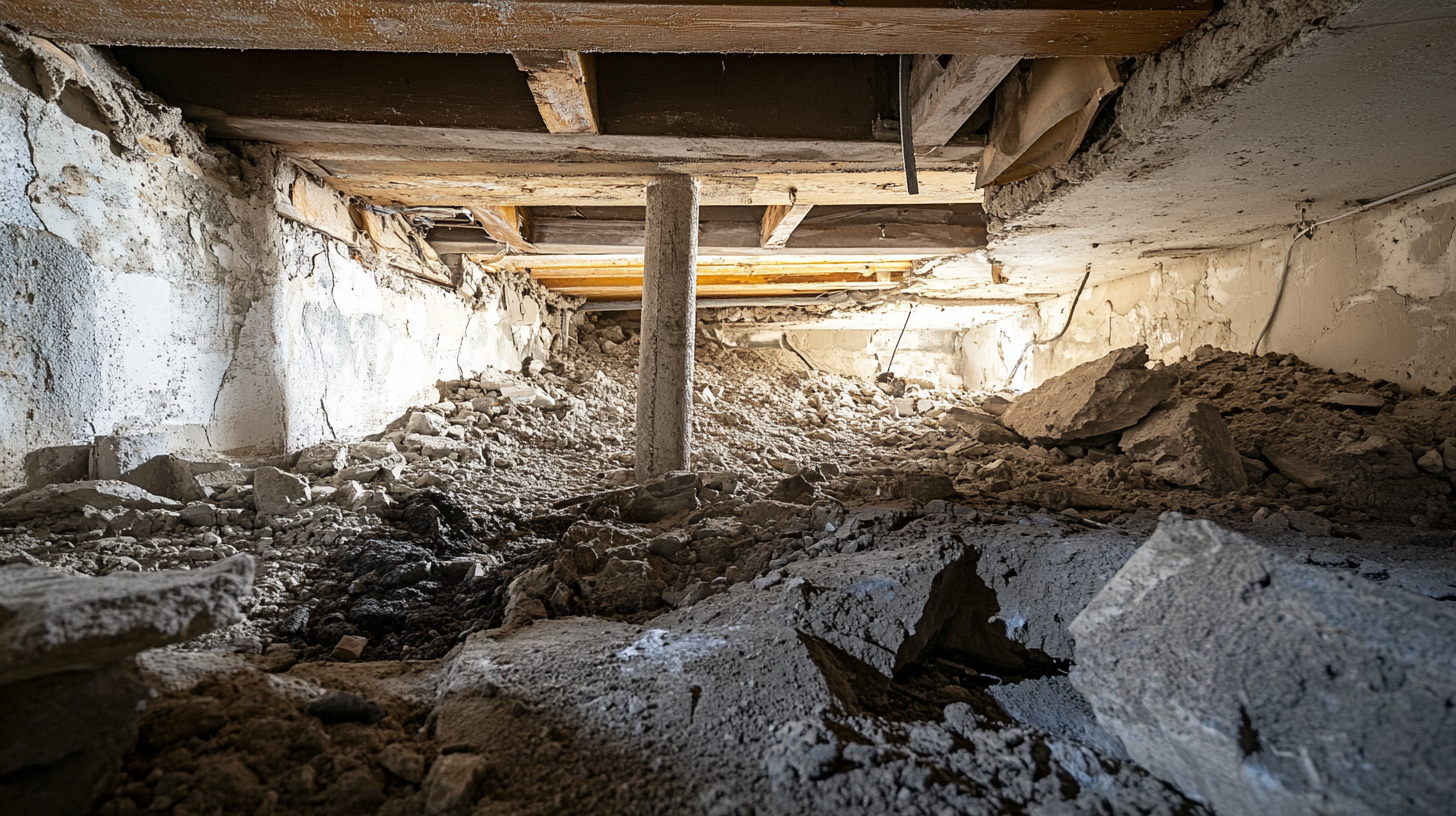
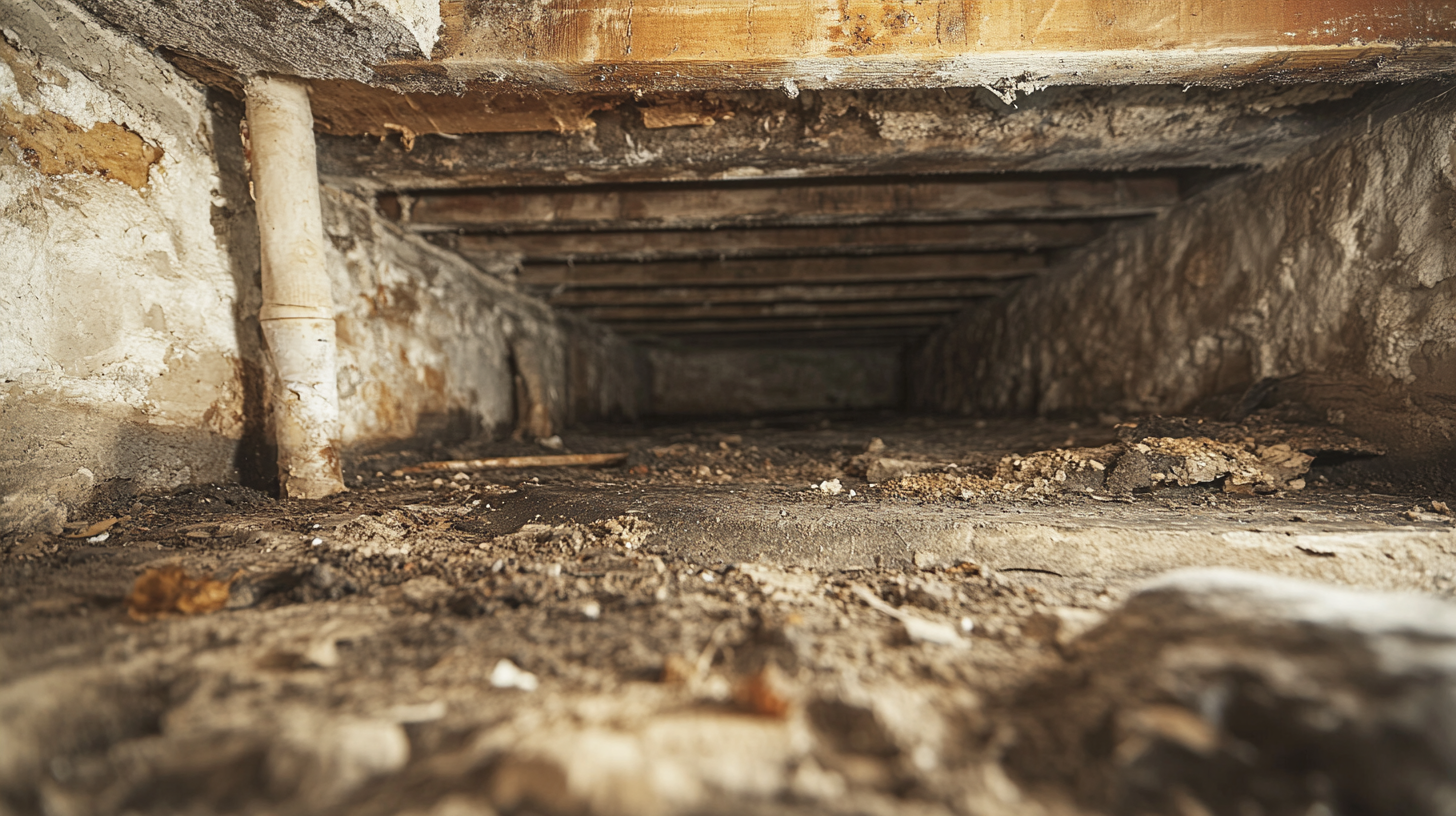
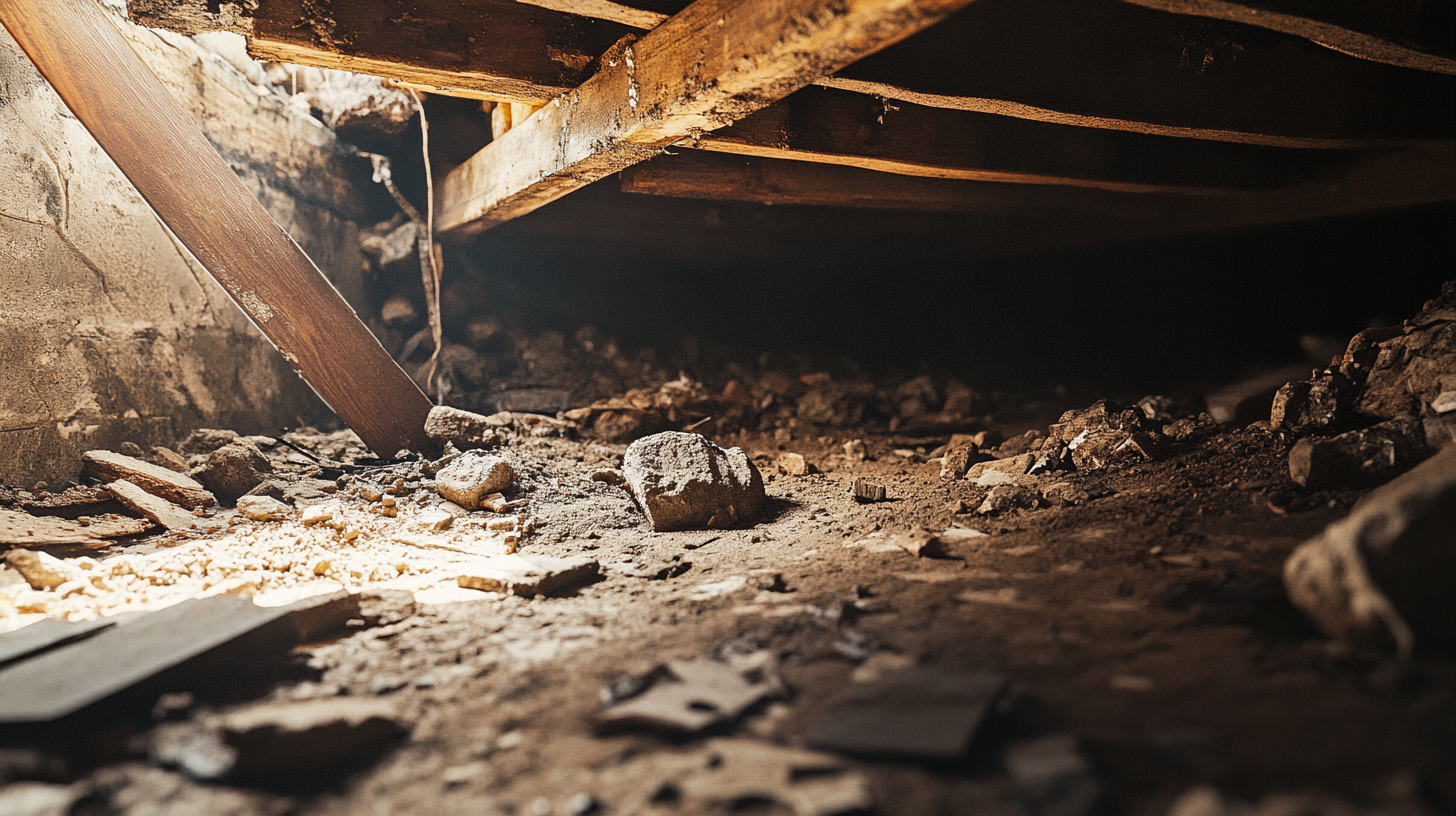
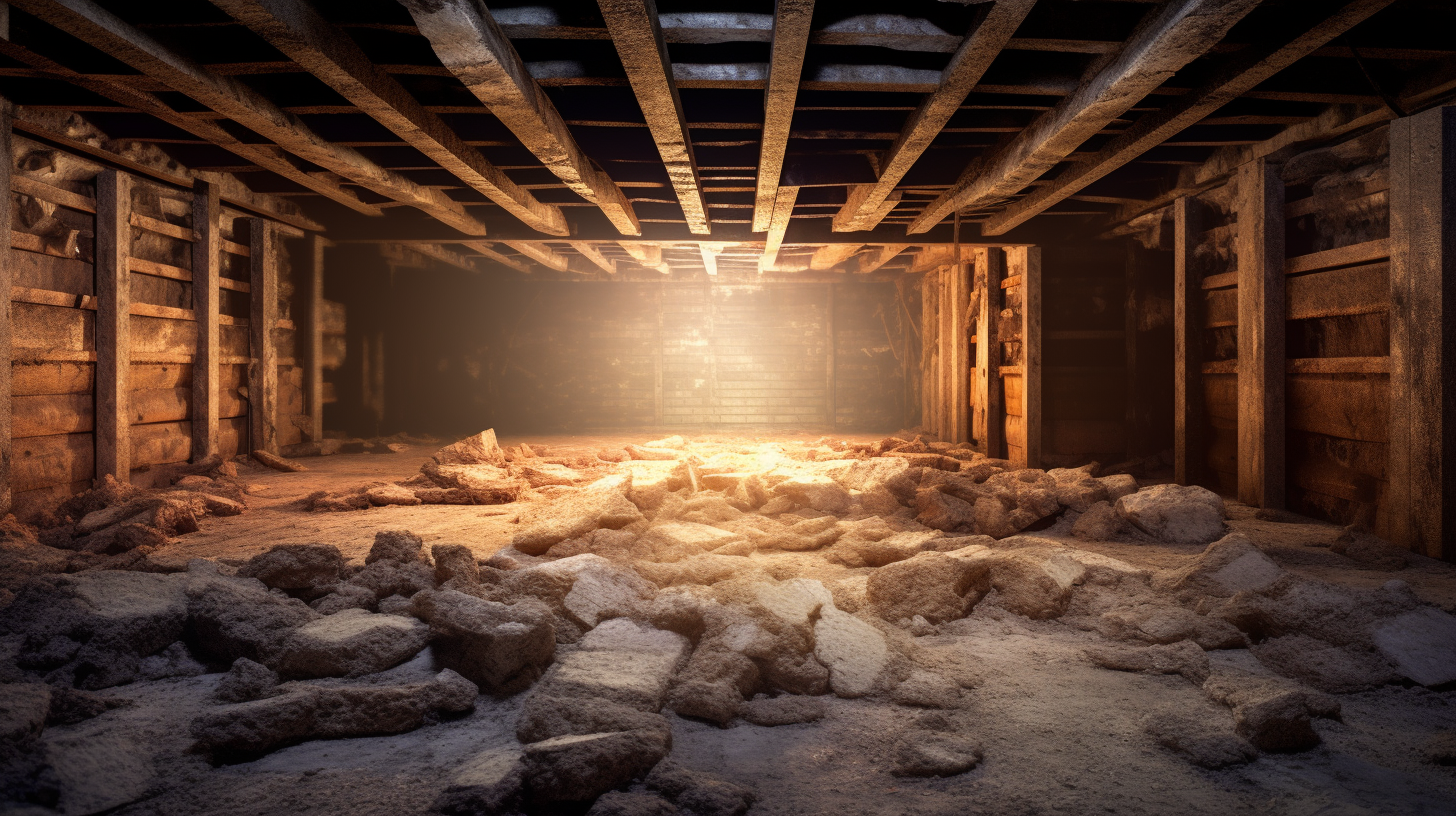
Got a Question? We’re Here to Help.
You can arrange an appointment or make an enquiry by phone or email, orget in touch to us via our contact form.
